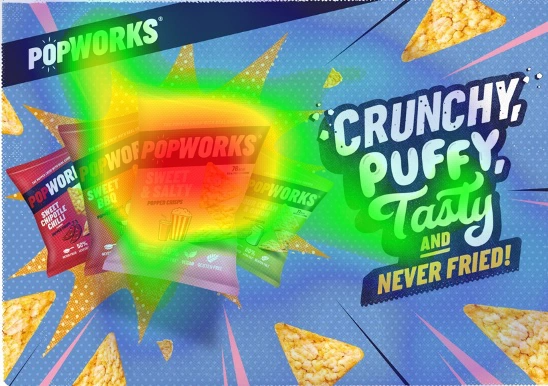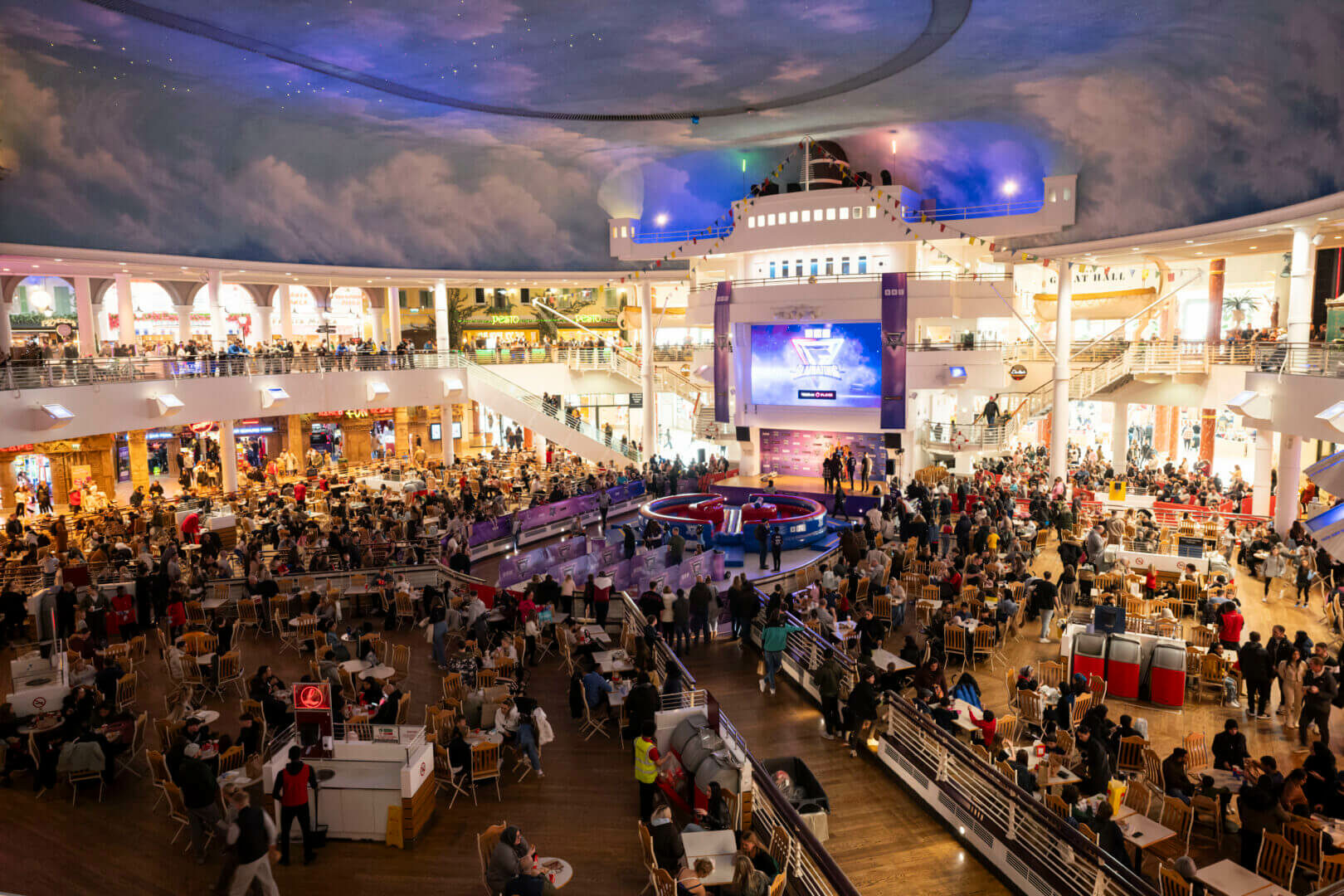The Marriage of Context and Technology in Out of Home
With the second phase of Google Outside drawing to an end, we can begin to reflect on another brilliantly conceived, produced and delivered campaign which has set a new standard for digital out of home in the UK.
Back in November 2013, when the first iteration of Outside launched as a pilot scheme in central London, the objective was simply to test the concept that we could use digital out of home to bring the best of Google Search to the city. It would be a major technical challenge. Digital out of home has long been able to deliver real-time, relevant content tailored to environments, dayparts and audiences; but to make Google Outside work, we would need to take these capabilities and make them work much harder than ever before.
The teams at R/GA London and Grand Visual have devised a brilliant way to produce thousands of unique pieces of content drawn dynamically from dozens of live sources and to distribute that content, live, to hundreds of digital out of home screens. Ensuring that each screen displays content relevant to its individual location and reflecting factors such as day of week, time of day, weather, audience mindset and environment. And they do that in vast quantities, distributing more content & data to digital out of home networks than ever before. Despite the huge complexity of the backend, all people see is relevant and useful information.
The results of Outside 1.0 were astonishing and the campaign was universally perceived as a huge success. Londoners were overwhelmingly positive about Google providing assistance in their city, Transport for London described it as “the most innovative campaign ever run on our placements”, and the campaign was recognised in several of the industry’s major awards, including the UK Outdoor Planning Awards and Cannes.
After months of planning and preparation, a bigger and better Google Outside 2.0 went live this September across London’s digital out of home screens, hosted by Clear Channel, Exterion Media and JCDecaux. This time, there are nearly as many ‘search stories’ each day as featured in the whole of the original campaign. Approximately 20 gigabytes of data have been distributed to digital out of home networks. As well as screens in bus shelters and the London Underground, rail stations were also included. The number of digital screens has increased tenfold, to 1,240.
Contextual Relevance
The digital out of home creative in Outside 2.0 has also evolved, highlighting more of the functionalities and benefits of the Google Search app. But the concept of delivering highly contextual and highly relevant Google Search content to Londoners at every location, any time of the day, remains. Reminding people how the app can make their everyday lives simpler and inviting them to use it themselves.
Both campaigns have been extensively researched, demonstrating that this contextually relevant content – such as local restaurant information, movie times, directions to a nearby attraction etc. – has a real value in terms of cut through and effectiveness.
It has never been harder to get people’s attention. The impact of technology means we are always connected. And with so much content and so many platforms, it is easy to reject or ignore the messages that we encounter. Out of home, in the city, there is an even greater challenge as Londoners encounter more than 50 out of home ads each day.
In the out of home arena, contextual relevance means reflecting, above all, location, environment, time of day and audience mindsets and activities. It also means reacting to real world events, in real-time.
The answers can be quite straightforward. When it is morning, somewhere unfamiliar, and you need a coffee, Google Outside recommends cafs within walking distance. On colder evenings when you want to get indoors, Google Outside recommends cinemas and movie times nearby.
For Google and many other advertisers whose digital out of home campaigns are powered by live and dynamic, contextually relevant messaging, we consistently see a stronger payoff in terms of consumers’ emotional and behavioural responses to the advertising.
Technology and Creative Potential
What has unlocked this communication potential for Google and so many other advertisers is the increasing sophistication of the digital out of home sector. Continued media owner investment in both hardware and backend systems and support is driving capability. This allows agencies such as Grand Visual – whose revolutionary OpenLoop platform captures content produced by R/GA London from the Google eco-system and delivers it dynamically to individual digital screens – to offer the creative thinking and technology expertise needed to exploit the opportunity.
As the world of media changes, it is encouraging that advertisers like Google are becoming braver and smarter about how they communicate with audiences. Digital out of home is rich with creative opportunity, and as it continues to develop into a mature sector, there will be even greater scope to push the technological boundaries and change people’s expectations of how they are advertised to.




